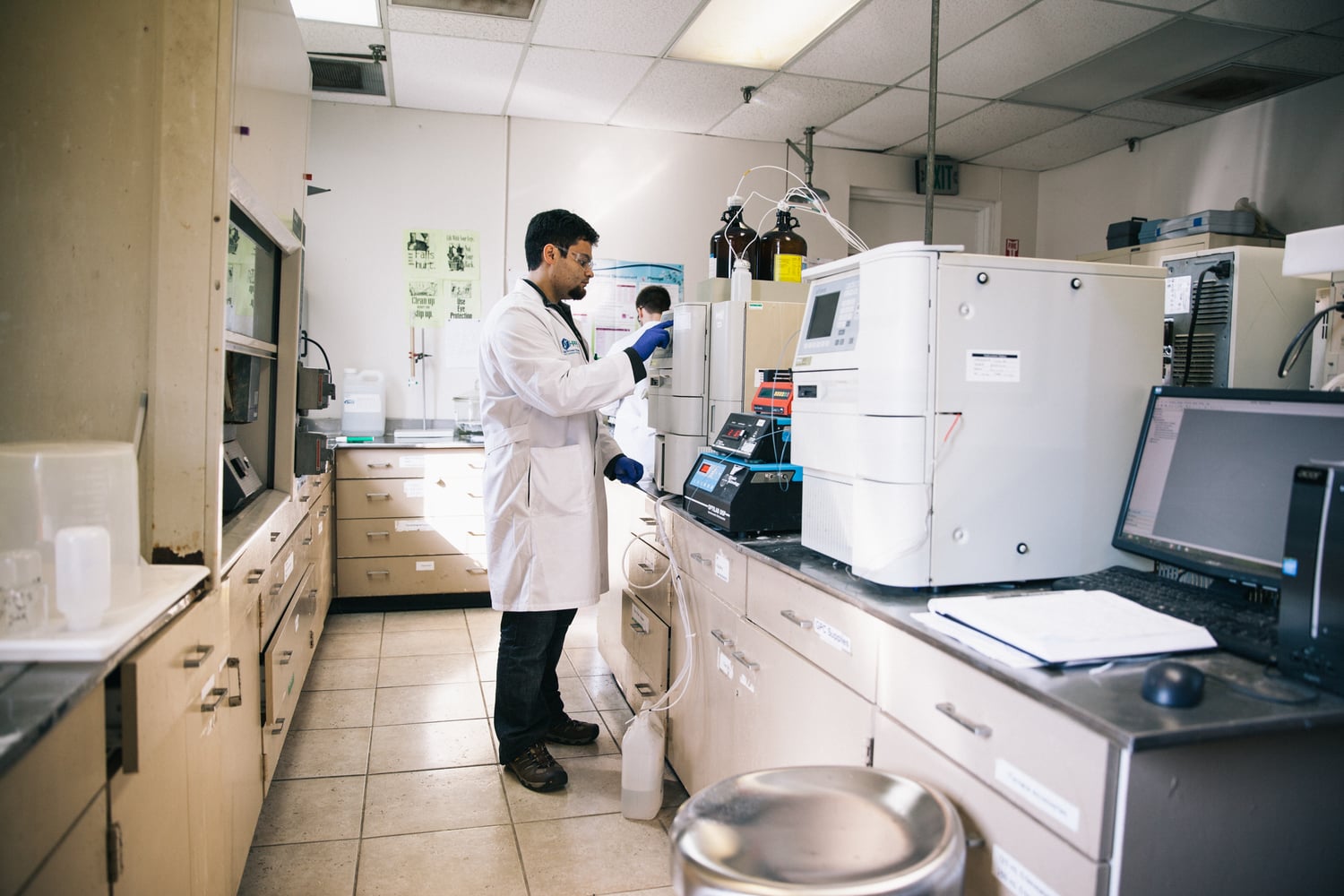Photovoltaic leaf : How This Leaf Can Power Your Entire Home!
In a groundbreaking development, chemical engineers at Imperial College London have introduced a cutting-edge photovoltaic leaf (PV-leaf) technology that promises to reshape the landscape of renewable energy. In addition to cost savings, this innovation produces a staggering 14% more electricity than traditional solar panels.
The Challenge with Traditional Solar Panels Traditional solar panels have long grappled with an efficiency problem. Typically, only a fraction of the sunlight they capture is converted into electricity, usually ranging from 10% to 25%. The remaining solar energy goes to waste as heat, which not only diminishes their efficiency but can also lead to overheating if not managed properly. Cooling the panels without resorting to complex and energy-intensive systems has been a persistent challenge in the solar industry.
Taking Inspiration from Nature The team at Imperial College London found inspiration in nature’s own design – the intricate network of veins in plant leaves. In plants, water is transported from the soil to the leaves through tiny tubular structures. Natural forces, such as capillary action and osmotic pressure, propel the water upward, distributing it across the leaf’s surface, where it evaporates in a process called
transpiration. Emulating Nature’s Efficiency The PV-leaf technology replicates this natural transpiration system in a way that benefits solar cells.The PV-leaf consists of a biomimetic transpiration (BT) layer comprising bundles of bamboo fibers and hydrogel cells. This is how it goes:
1. A steel wire mesh at the bottom and a 10 cm by 10 cm solar cell at the top are sandwiched between the 1 mm-thick layer of bamboo fibers.
2. The base of the bamboo bundles is submerged in a water tank.
3. These bamboo fibers act like veins, drawing water from the tank to the hydrogel cells, which absorb and distribute it beneath the solar cells.
4. As the water evaporates, it naturally dissipates heat from the solar cell, effectively cooling it without consuming any additional energy.
5. The evaporated water vapor is collected in a chamber made of 3 mm-thick polycarbonate plates located beneath the system, ensuring that no water is wasted.
Outstanding Results The study team revealed the outstanding transpiration system properties of the PV-leaf. It effectively removes 75% of the heat generated by the solar cell, reducing its operating temperature by approximately 26°C compared to a standalone PV cell. This results in a substantial 14% increase in electricity output.
Additionally, the PV-leaf has the unique ability to use a saline solution as a coolant, making it a viable option for regions with limited freshwater resources. Moreover, the BT layer is composed of readily available, cost-effective, and environmentally friendly materials, making mass production and competition with established technologies highly feasible. The Future of Solar Energy The potential impact of PV-leaf technology is significant. With a predicted increase in photovoltaic (PV) capacity to 22 TW by 2050 and the assumption that 30% of PV panels can use water resources as coolants, it is possible that PV-leaf designs might produce an extra 650 GW of power globally, almost catching up to the existing installed PV capacity.
The study’s author, Gan Huang, an honorary research fellow in Imperial College’s department of chemical engineering, underlined that “this innovative design holds tremendous potential for significantly enhancing the performance of solar panels, while also ensuring cost-effectiveness and practicality.” In addition to cost savings, this innovation produces a staggering 14% more electricity than traditional solar panels.
In conclusion, the PV-leaf technology represents a game-changing advancement in solar energy, addressing efficiency and cooling challenges while paving the way for a more sustainable and cost-effective future.
Follow RASAYANIKA for latest news in chemistry and pharmacy















































